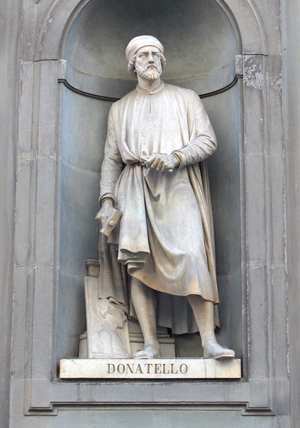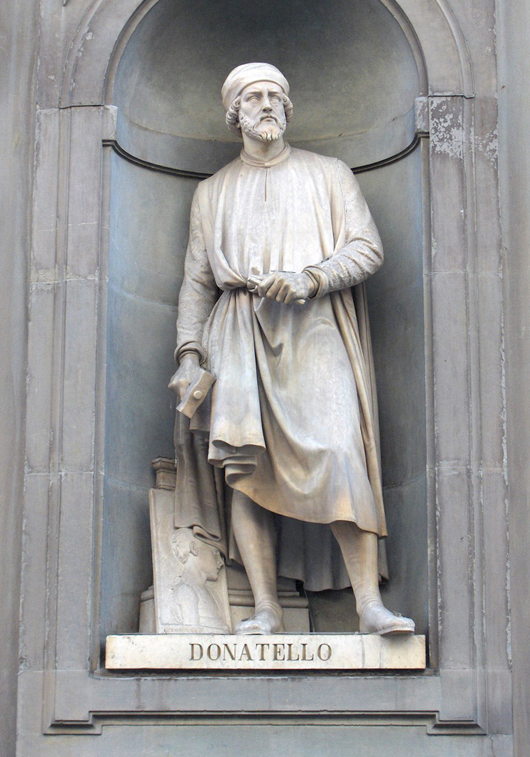
FLORENCE, Italy, (AFP) – The Renaissance really began in a few decades at the beginning of the 15th century in Florence—an artistic revolution mapped out in a remarkable exhibition that brings together 140 sculptures and paintings from collections around the world.
Works by masters including Donatello and Masaccio, Brunelleschi and Paolo Uccello have been loaned for the unprecedented show thanks to a partnership between the Louvre Museum in Paris and the Palazzo Strozzi in Florence, itself a Renaissance jewel.
“The exhibition aims to show that the origin of this revolution that lasted two centuries was sculpture,” Beatrice Paolozzi Strozzi, the exhibition’s Italian curator and scion of an aristocratic Florentine family, told AFP.
“The Dawn of the Renaissance” will run until Aug. 18 and then travel to the Louvre between Sept. 26 and Jan. 6, 2014.
Paolozzi Strozzi said the real hero of the exhibition was Florence’s own Donatello (1386-1466), who “put his mark on the era.”
“He lived a very long time and he never stopped experimenting,” she said, pointing to a gilded bronze sculpture of St. Louis of Toulouse that includes elements of enamel and jewels as an example of the artist’s innovative energy.
“Donatello is an artistic figure of a disconcerting modernity,” she said, showing visitors another work by Donatello—a large bronze horse head depicted with unnerving realism.
The horse’s head is just one of the exhibits that demonstrate how the Renaissance was inspired by ancient Roman art, which after neglect in the Middle Ages was being re-appreciated at the time.
The works come from collections including the Victoria and Albert Museum in London, the Bode-Museum in Berlin, the Metropolitan in New York and the National Gallery in Washington.
The show, explained on www.palazzostrozzi.org, is divided into 10 sections starting from “The Heritage of the Forefathers” to “The New Patrons.”
The Louvre and Palazzo Strozzi “have shared the financing of the restoration of many of the works, which are now being presented in their best light,” said Paolozzi Strozzi.
The Bode Museum has provided a magnificent Virgin and Infant by Donatello known as the Madonna Pazzi—a marble statue used to create molds that were then used to cast copies in bronze.
“These molds in terra-cotta or stucco were not that costly so that any store or convent could afford the statues in Florence and elsewhere,” he said.
“This allowed the aesthetic revolution to spread, including outside of Italy,” she said.
Copies of the molds made especially for the exhibition are also on display and visitors are encouraged to touch them.
A Brazilian tourist said she was fascinated by the fine attention to detail.
She said: “It’s nice to touch them and imagine how someone could make these sculptures just using their imagination!”
ADDITIONAL IMAGE OF NOTE


